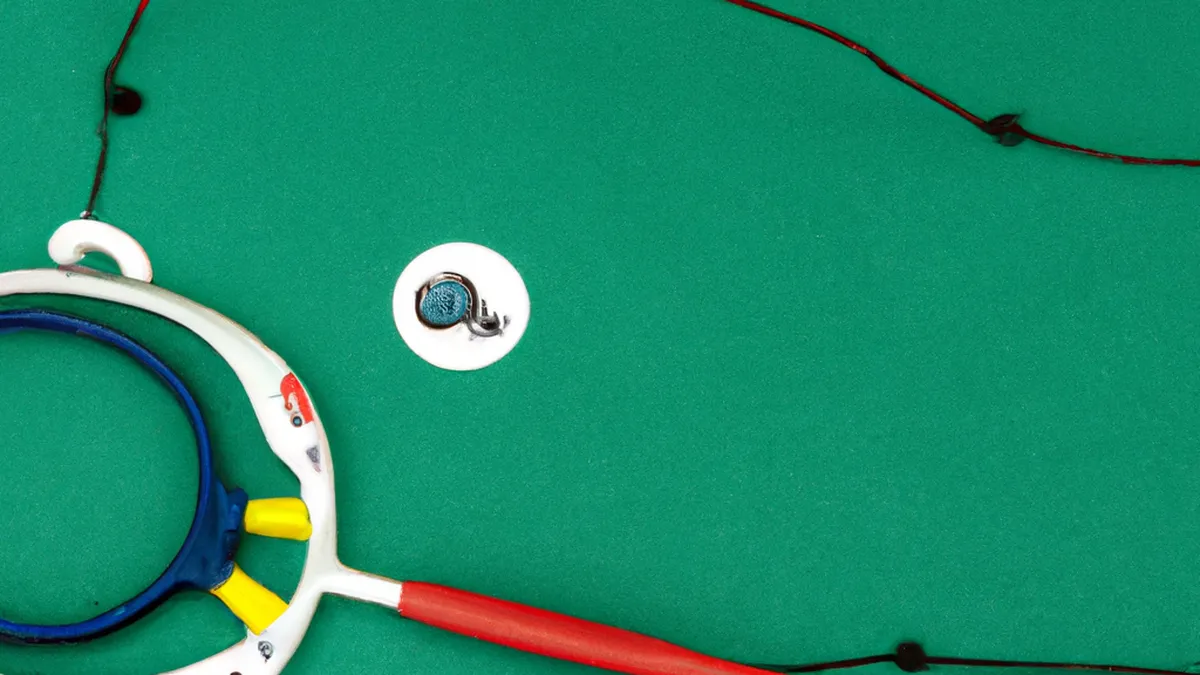Accelerate Your Game with Bungee Resistance
How to Use Bungee Resistance to Enhance Speed Training for Racquet Sports
Speed plays a vital role in racquet sports like tennis, badminton, and squash. Quick footwork and explosive movements create opportunities and lead to victory. You can boost your speed effectively through bungee resistance training. This blog post explains bungee resistance mechanics, offers practical integration tips, and discusses its numerous benefits.
Understanding Bungee Resistance
Bungee resistance training uses elastic cords that create tension during movement. When you attach these cords to your body, they provide resistance while allowing a spring-like rebound effect. This combination helps you build strength and develop speed and agility. The bungee’s elastic nature mimics the explosive movements needed in racquet sports, making it a valuable training tool.
Bungee resistance training aims to enhance your ability to accelerate quickly, change directions, and maintain balance. As you pull against the bungee’s resistance, your muscles work harder, leading to greater strength and speed gains.
Tips for Bungee Resistance Training
1. Choose the Right Equipment
Select high-quality bungee cords designed for athletic use. Ensure they have adjustable lengths for various exercises and movements. Choose cords with comfortable handles for a secure grip, allowing you to focus on your form and technique.
2. Start with Basic Movements
Begin with basic movements that mimic your sport’s actions. For example, perform lateral shuffles or forward sprints while attached to a bungee cord. Maintain quick footwork and proper form. Gradually increase intensity and speed as you become comfortable with the movement.
Basic movements provide a foundation, helping you control your body against resistance. This phase prevents injury and ensures effective training.
3. Incorporate Sport-Specific Drills
After mastering basic movements, integrate sport-specific drills into your routine. Tennis players should practice quick lateral movements to simulate returning serves. Badminton players can focus on explosive jumps and rapid direction changes. Tailoring your bungee resistance training to your sport prepares your body for in-game scenarios.
4. Combine Resistance with Technique
While using bungee resistance, emphasize proper technique. Maintain correct foot placement, body alignment, and stroke mechanics during drills. This focus enhances your speed without sacrificing form, essential for performance and injury prevention.
Advice for Effective Training
1. Progress Gradually
Progression is key in any training method. Start with lighter resistance and gradually increase as your strength improves.
Conclusion
Bungee resistance training enhances speed and agility for racquet sports. Implement these tips to maximize your training benefits.
Below are related products based on this post:
FAQ
What is bungee resistance training and how does it benefit racquet sports?
Bungee resistance training uses elastic cords to create tension during movement, providing resistance while allowing a spring-like rebound effect. This training method enhances quick acceleration, direction changes, and balance, all of which are crucial in racquet sports like tennis, badminton, and squash. By pulling against the bungee’s resistance, athletes develop greater strength and speed, improving their overall performance.
How should I start incorporating bungee resistance training into my routine?
Begin with basic movements that mimic the actions of your sport, such as lateral shuffles or forward sprints while attached to a bungee cord. Focus on maintaining quick footwork and proper form. As you become comfortable with these movements, gradually increase the intensity and speed. This approach helps build a solid foundation and reduces the risk of injury.
What equipment do I need for effective bungee resistance training?
Select high-quality bungee cords specifically designed for athletic use, ensuring they have adjustable lengths for various exercises. Comfortable handles are also important for a secure grip, allowing you to concentrate on your form. Choosing the right equipment is essential for maximizing the benefits of your training sessions.















Post Comment